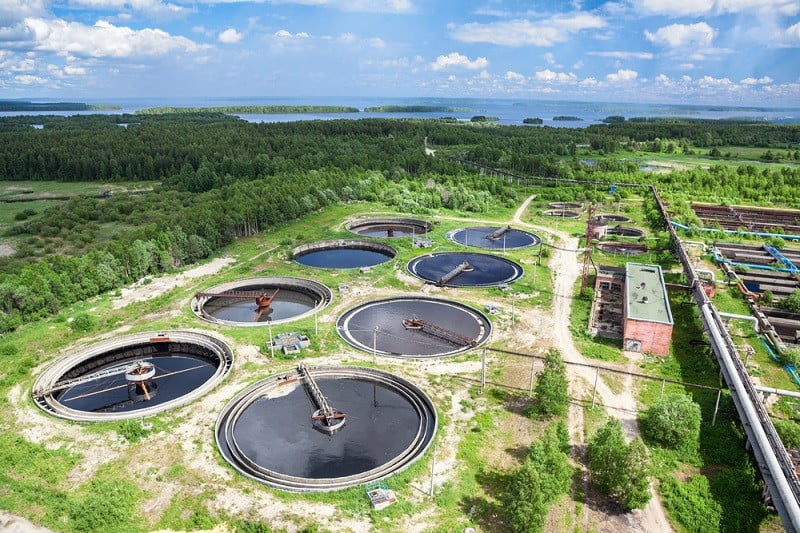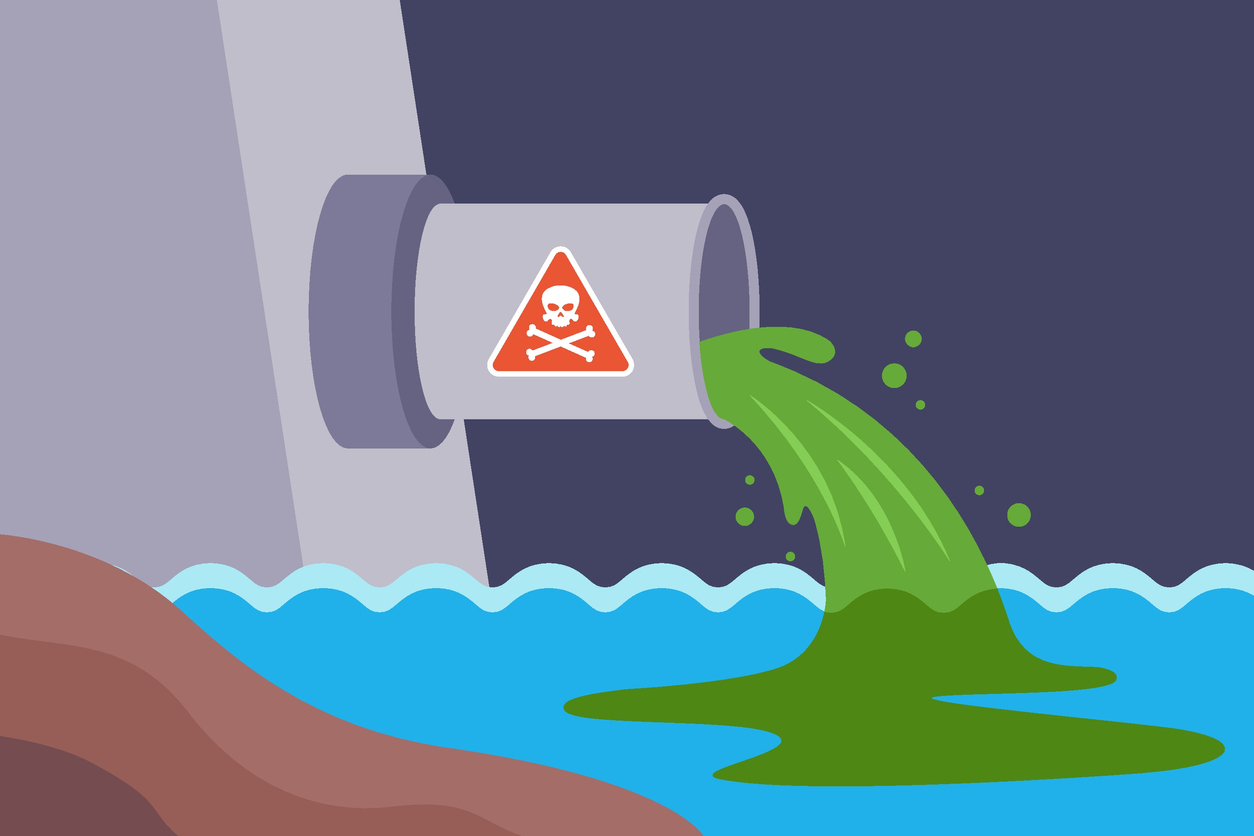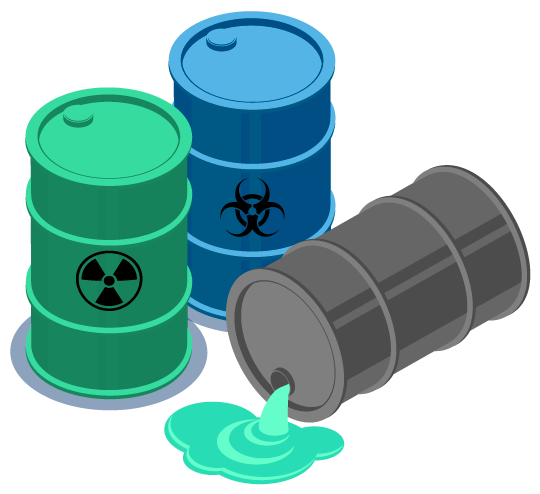Comprehensive Liquid Waste Disposal: Solutions for Residences and Companies
How Fluid Garbage Disposal Works: A Thorough Overview of Methods and Technologies Utilized

Summary of Liquid Waste Types
The intricacy of liquid waste kinds demands a detailed understanding of their attributes and implications for disposal. Liquid waste can extensively be categorized right into several types, including industrial, local, farming, and contaminated materials. Each category displays distinctive properties, requiring specific monitoring techniques to reduce environmental and health and wellness threats.
Industrial liquid waste originates from manufacturing procedures and frequently consists of a range of pollutants, such as heavy metals, solvents, and natural compounds. Local liquid waste, mostly comprising wastewater from households and commercial establishments, consists of natural issue, nutrients, and microorganisms (industrial wastewater treatment). Agricultural fluid waste, including runoff from farms, might have fertilizers, pesticides, and pet waste, positioning risks to water top quality and environments
Dangerous fluid waste is characterized by its poisoning, reactivity, or possible to cause damage. This group includes substances like acids, bases, and particular chemicals that necessitate strict handling and disposal methods. Recognizing these diverse fluid waste kinds is crucial for developing reliable disposal methods and making certain compliance with ecological guidelines. Appropriate category and characterization are essential for implementing ideal therapy methods and reducing the negative effects on public health and wellness and the environment.
Physical Therapy Methods

Testing is the preliminary action, where bigger fragments and particles are eliminated from the fluid waste making use of screens or grates. This procedure protects downstream devices from damage and makes sure smoother procedure. Complying with testing, sedimentation uses gravitational force to separate solids from liquids. In sedimentation tanks, heavier bits resolve near the bottom, creating a sludge layer, while the cleared up fluid can be further treated.
Filtering is an additional vital method that involves passing the liquid through permeable materials, such as sand or membranes, to catch smaller particles. This step enhances the quality of the liquid, making it ideal for subsequent treatment processes.

Chemical Treatment Techniques
Chemical treatment strategies are important for successfully managing liquid waste, specifically in addressing liquified and colloidal impurities that physical techniques might not effectively remove. These methods use different chemical representatives to neutralize, precipitate, or change hazardous compounds right into much less unsafe types.
One typical method is coagulation and flocculation, where chemicals such as alum or ferric chloride are added to advertise the aggregation of suspended fragments. This procedure improves sedimentation, permitting simpler elimination of the resulting sludge. Additionally, oxidation procedures, utilizing representatives like chlorine or ozone, are used to damage down intricate natural substances and pathogens, rendering the waste much safer for discharge or further treatment.
Neutralization is another crucial method, which adjusts the pH of acidic or alkaline waste streams to neutral degrees, protecting against potential damage to downstream systems and the atmosphere. Moreover, advanced oxidation procedures (AOPs) utilize combinations of oxidants and ultraviolet light to weaken persistent contaminants, achieving a higher degree of treatment effectiveness.
Organic Therapy Processes
Organic treatment procedures play a critical role in the management of liquid waste by making use of microbes to decompose raw material and lower contaminant degrees. These processes can be broadly classified into anaerobic and aerobic treatments, each utilizing particular microbial neighborhoods to achieve reliable waste deterioration.
Aerobic treatment includes making use of oxygen to help with the break down of natural materials by bacteria. This process is generally carried out in activated sludge systems, where aeration containers give a helpful setting for microbial development, bring about the oxidation of natural contaminants. The resultant biomass can be separated from dealt with effluent through sedimentation.
In comparison, anaerobic therapy happens in the lack of oxygen, counting on different germs to damage down natural matter. This approach is particularly helpful for high-strength waste, as it produces biogas, an eco-friendly power source, while minimizing sludge manufacturing. Technologies such as anaerobic digesters are frequently utilized in commercial and community applications.
Both aerobic and anaerobic biological therapies not just reduce the environmental effect of fluid waste but also help with source recuperation, making them essential elements of sustainable waste administration techniques. Their adaptability, efficiency, and efficiency support their widespread implementation across different markets.
Emerging Technologies in Disposal
Ingenious methods to fluid waste disposal are swiftly progressing, driven by developments in technology and a raising emphasis on sustainability. Among these emerging innovations, membrane bioreactors (MBRs) have actually acquired traction for their capacity to integrate biological therapy with membrane layer filtration, resulting in top notch effluent that can be reused in different applications. MBRs make it possible for smaller sized footprints and a lot more efficient procedures compared to typical systems.
One more promising advancement is using anaerobic food digestion incorporated with nutrient recovery technologies, which not only treats fluid waste yet additionally produces biogas and recovers beneficial nutrients like nitrogen and phosphorus. This double advantage enhances resource performance and lowers ecological influence.
Furthermore, progressed oxidation processes (AOPs) are being embraced for the destruction of intricate organic contaminants. These methods utilize powerful oxidants and drivers to damage down contaminants at the molecular level, providing a highly reliable remedy for difficult waste streams.
Moreover, the integration of expert system and artificial intelligence in waste monitoring systems is enhancing operational performance and anticipating upkeep, resulting in reduced prices and enhanced ecological compliance. These modern technologies show a significant shift in the direction of more reliable and sustainable fluid waste disposal practices.
Final Thought
In verdict, efficient liquid waste disposal necessitates a comprehensive understanding of numerous strategies and innovations. By continuously progressing these techniques, it comes to liquid waste disposal melbourne be feasible to attend to the expanding challenges connected with liquid waste, ultimately adding to ecological security and source recovery.
Liquid waste disposal is a vital aspect of environmental administration, calling for an extensive understanding of various methods and modern technologies customized to different waste kinds. Liquid waste can generally be classified right into numerous kinds, including commercial, local, agricultural, and harmful waste. Agricultural fluid waste, consisting of drainage from farms, might contain fertilizers, chemicals, and pet waste, positioning threats to water high quality and communities.
Numerous physical therapy approaches play a vital function in handling liquid waste efficiently - industrial wastewater treatment.In conclusion, efficient fluid waste disposal requires a thorough understanding of different strategies and innovations